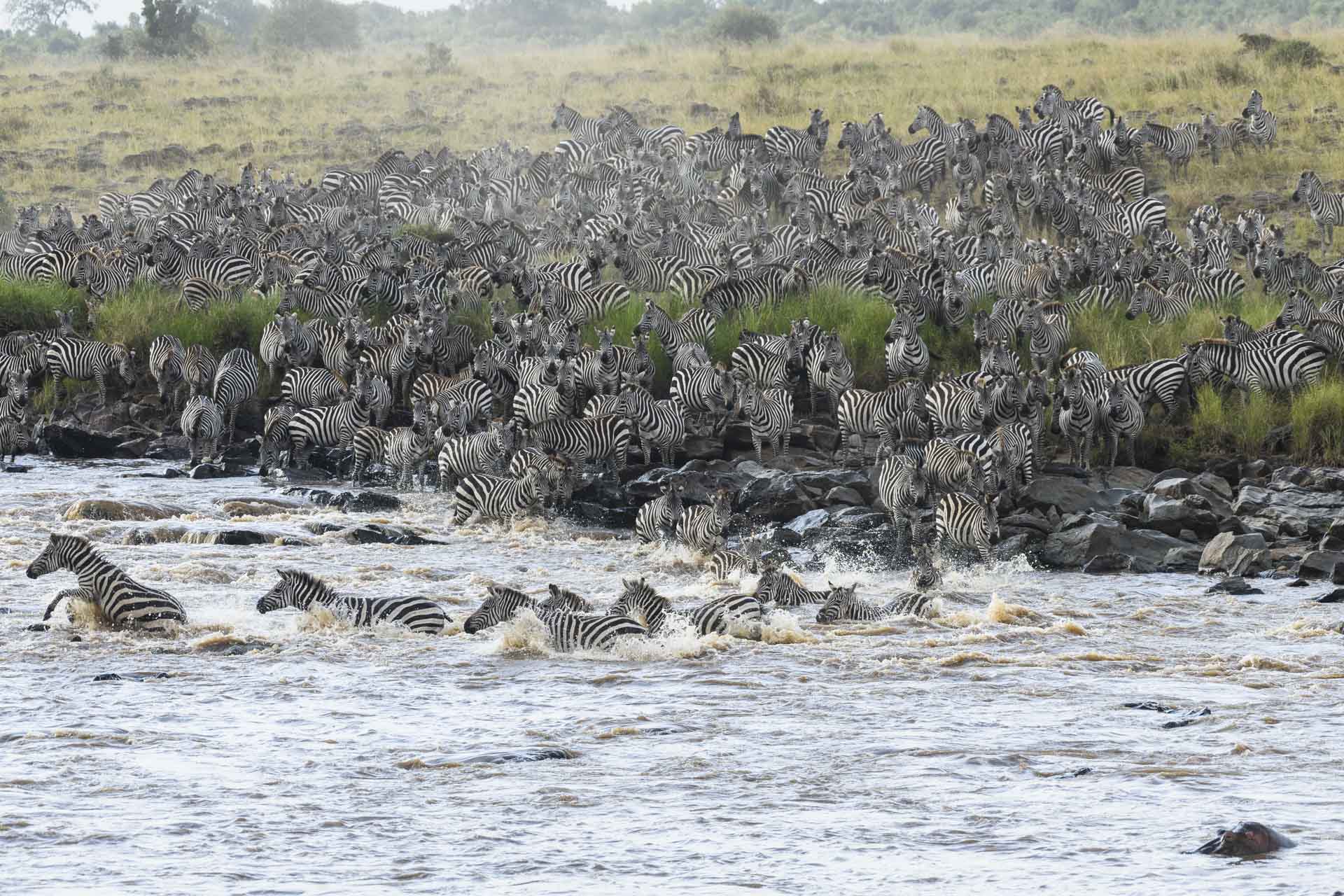
The magical Mara Triangle somehow finds a way to amaze me time and time again. Our Guide, Fred, drove us to the Salt Lick area, a remote part of the park, and we were the only vehicle for miles. Using his eagle eyes, Fred spotted something in a tree. It was a large male leopard. We slowly approached as we did not want to scare the shy animal. While we were driving, I looked to my left and to my absolute surprise, I made out the tail of another leopard in a tree, this time, a young female.
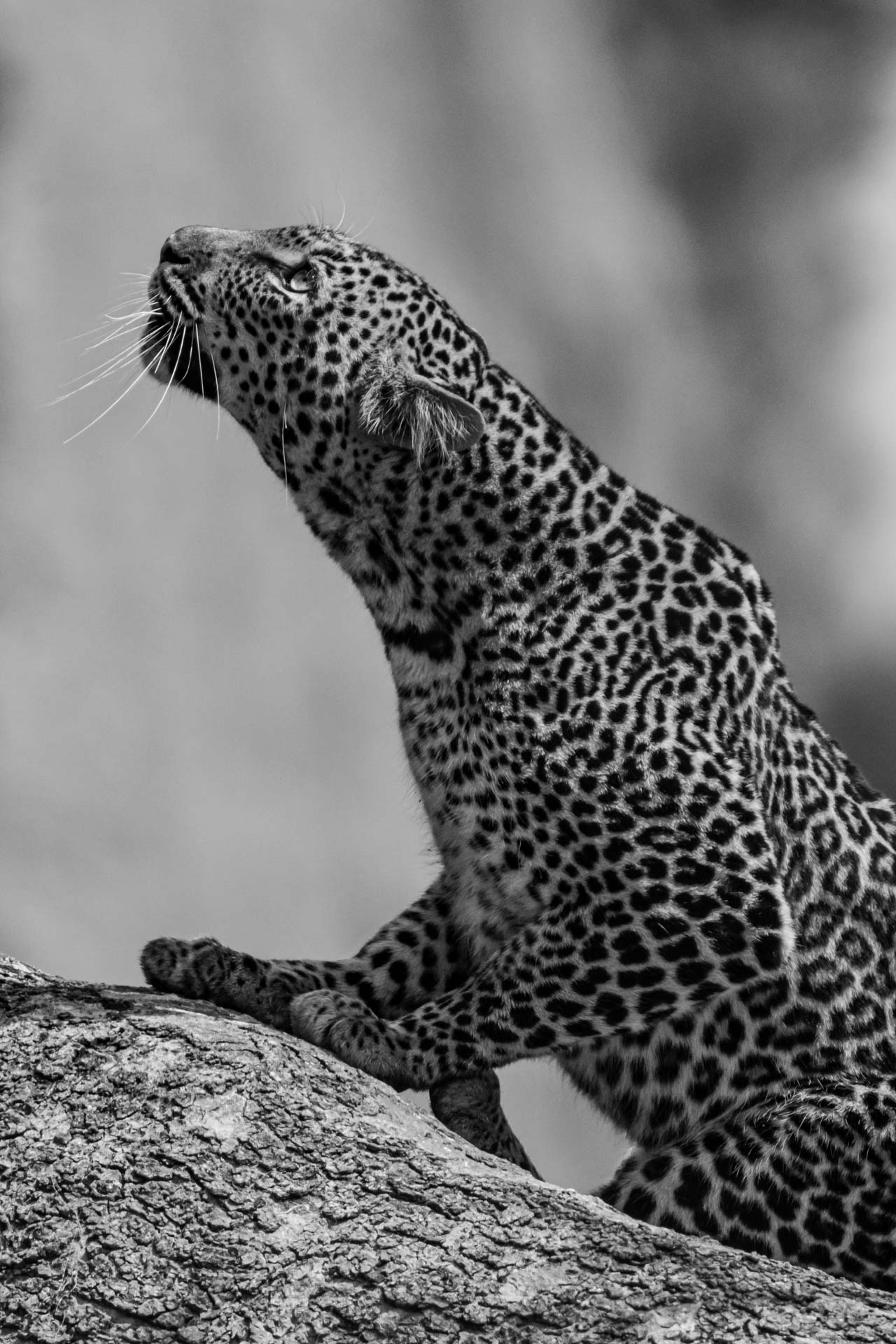
The male climbed down the tree and began looking intently toward the female. Then, to our surprise, he began running towards her. They began to run, and he chased her for almost a kilometre before they both ran up a tree. There was a clear altercation between them, with the male actively attacking the female to the point where she fell out of the tree. After this happened, for a few fleeting moments, they sat with each other, and then they both came down the tree and went their separate ways. The significant size difference between them was evident when they were side by side.
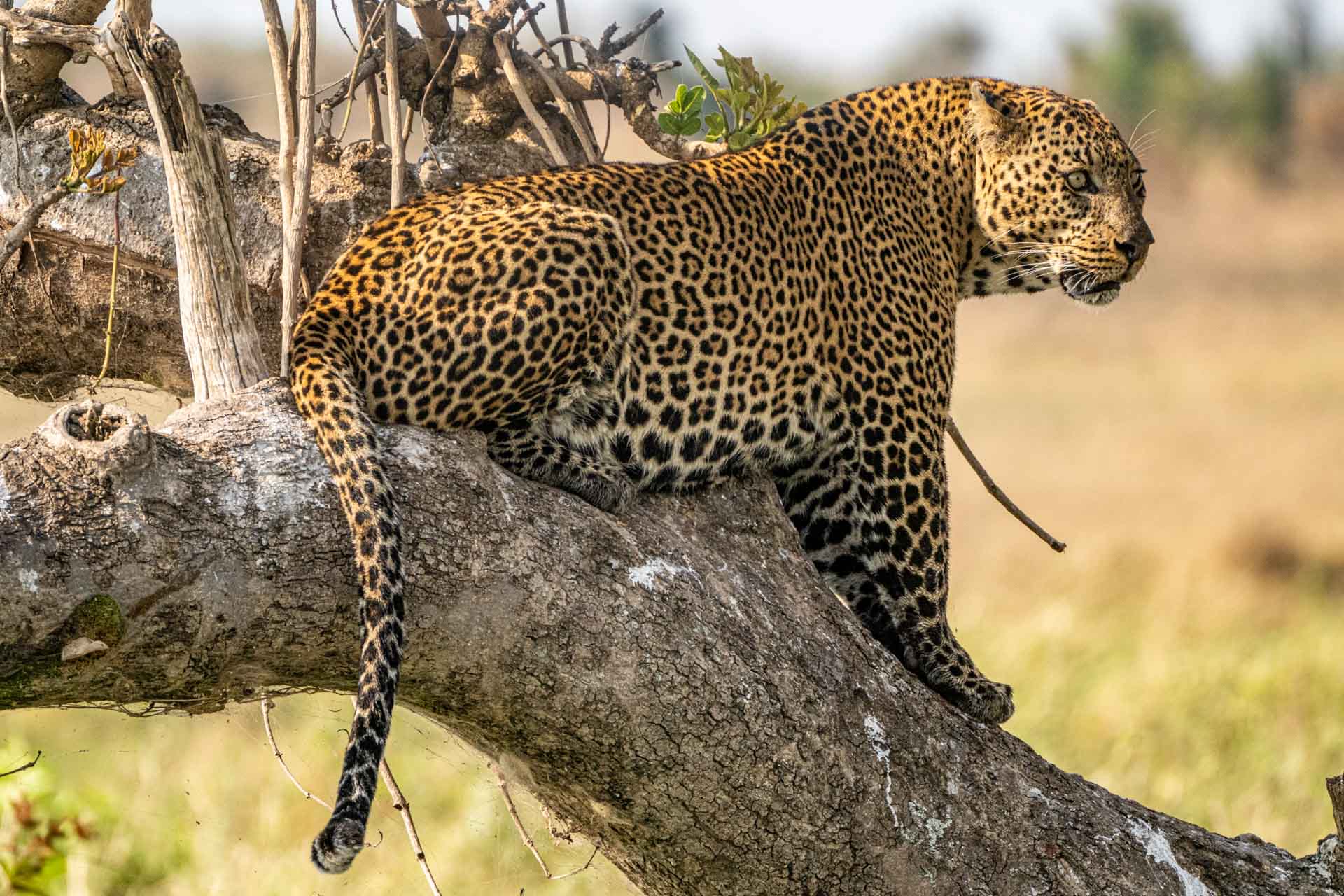
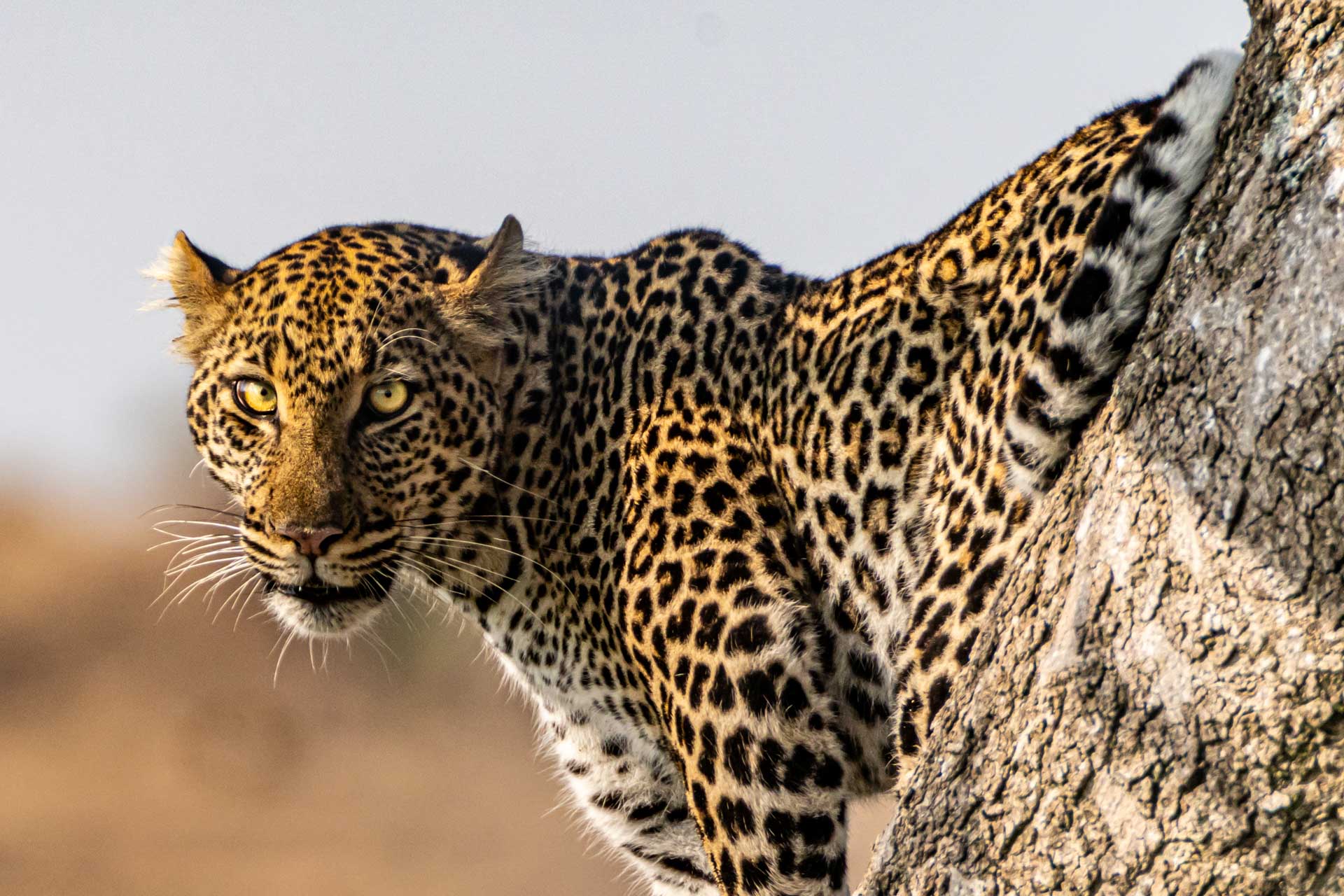
After discussing what we had just witnessed with some of the guides, I learnt that the male was Lorngaboli, also known as the Salt Lick male. He is a large older male who patrols his territory, and there is a possibility that this might be his daughter. The behaviour also suggests that she could be a new female in the area, and he was interested in mating with her. Either way, it was such an exciting and unique sighting.
The Great Migration is here! Along the border of Tanzania and Kenya, we are seeing thousands upon thousands of wildebeests and zebras. Being immersed in a herd of this size is an amazing experience. As you drive past them, they make a rhythmic sound to communicate with each other.
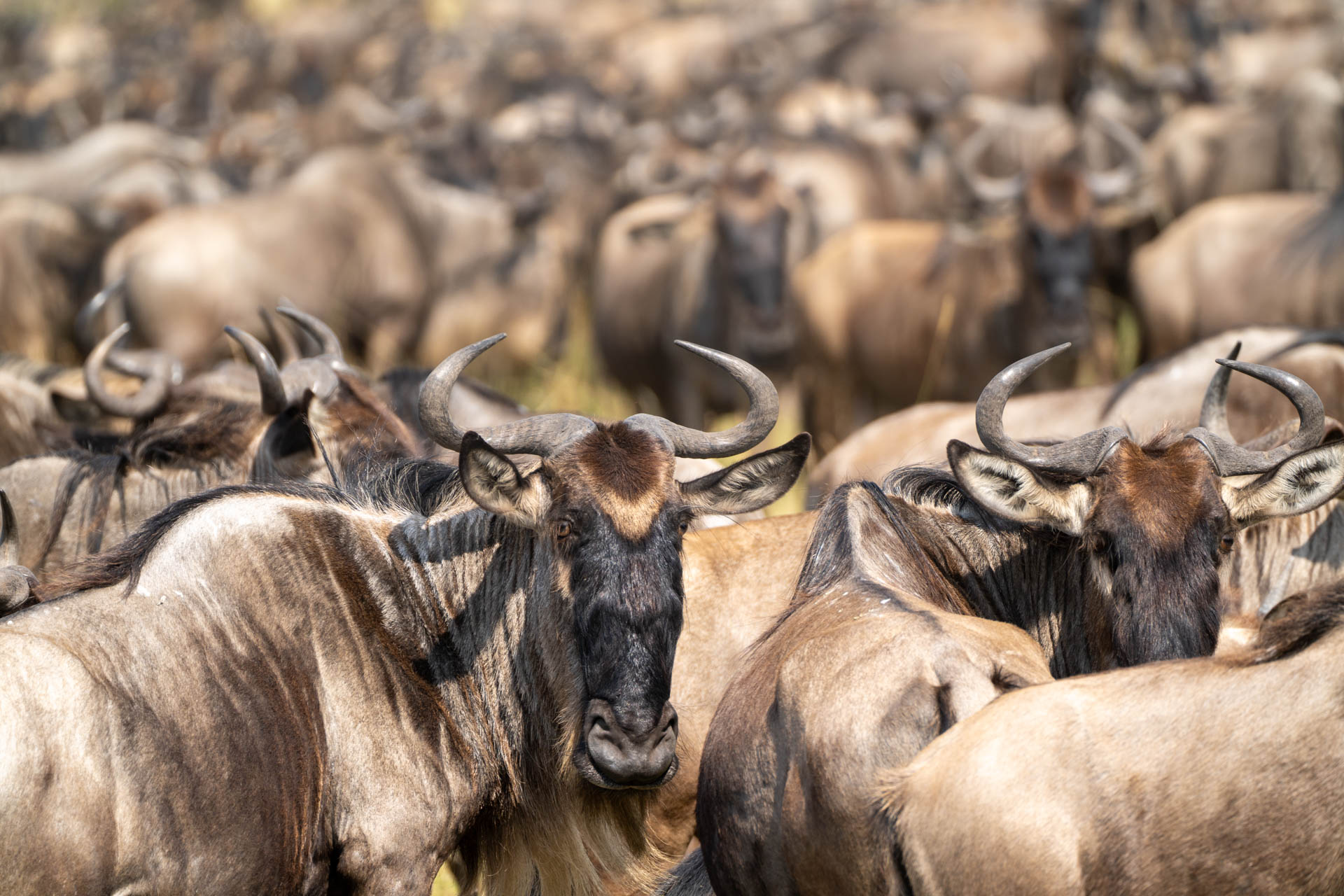
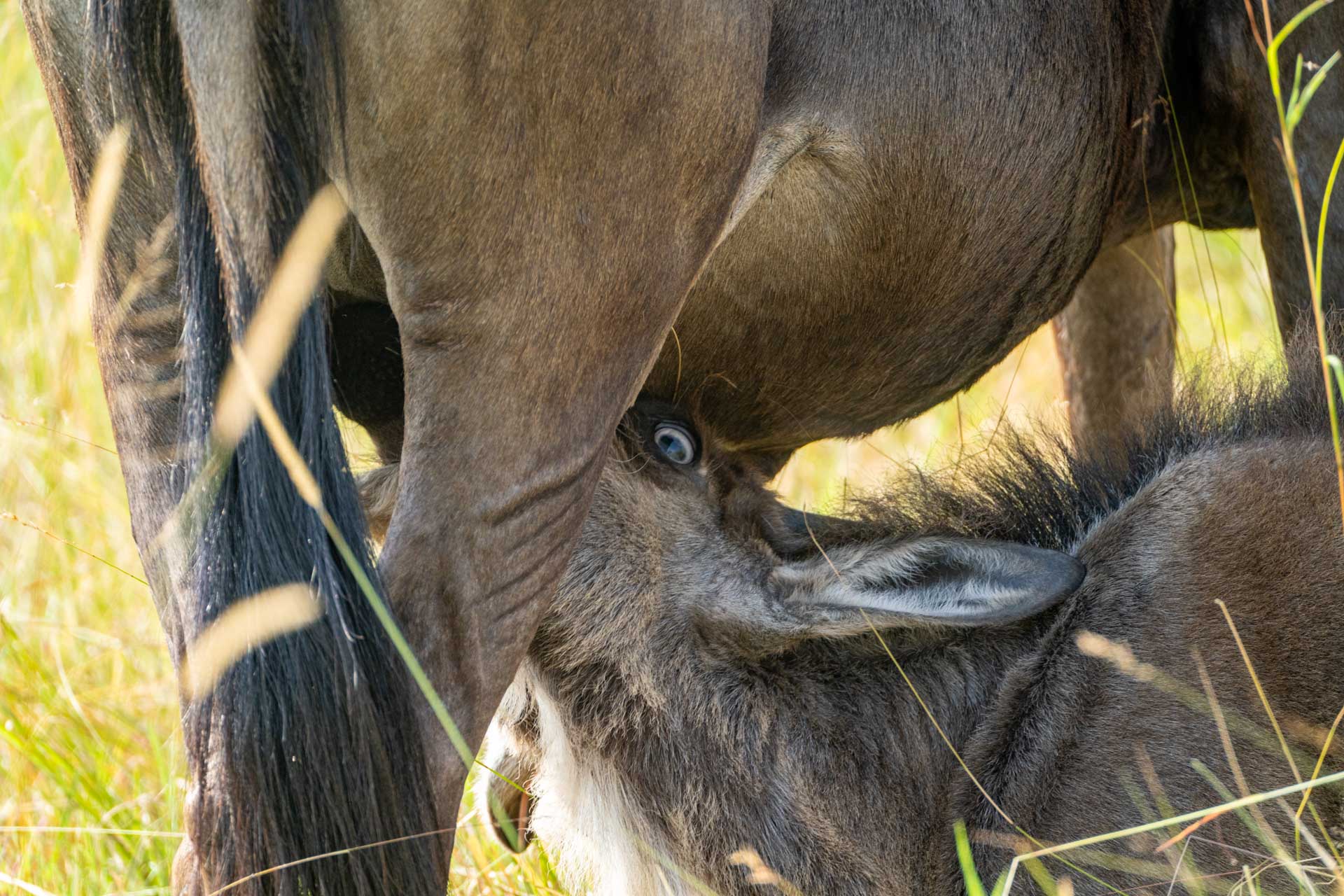
When most people think of Migration season, they think of river crossings, and the excitement of this spectacle is contagious. Multiple guests and guides were treated to thousands of zebras crossing the Mara River at the Main Crossing Point near Angama Mara. The drama of life and death unfolds as hungry crocodiles linger under the surface of murky waters.
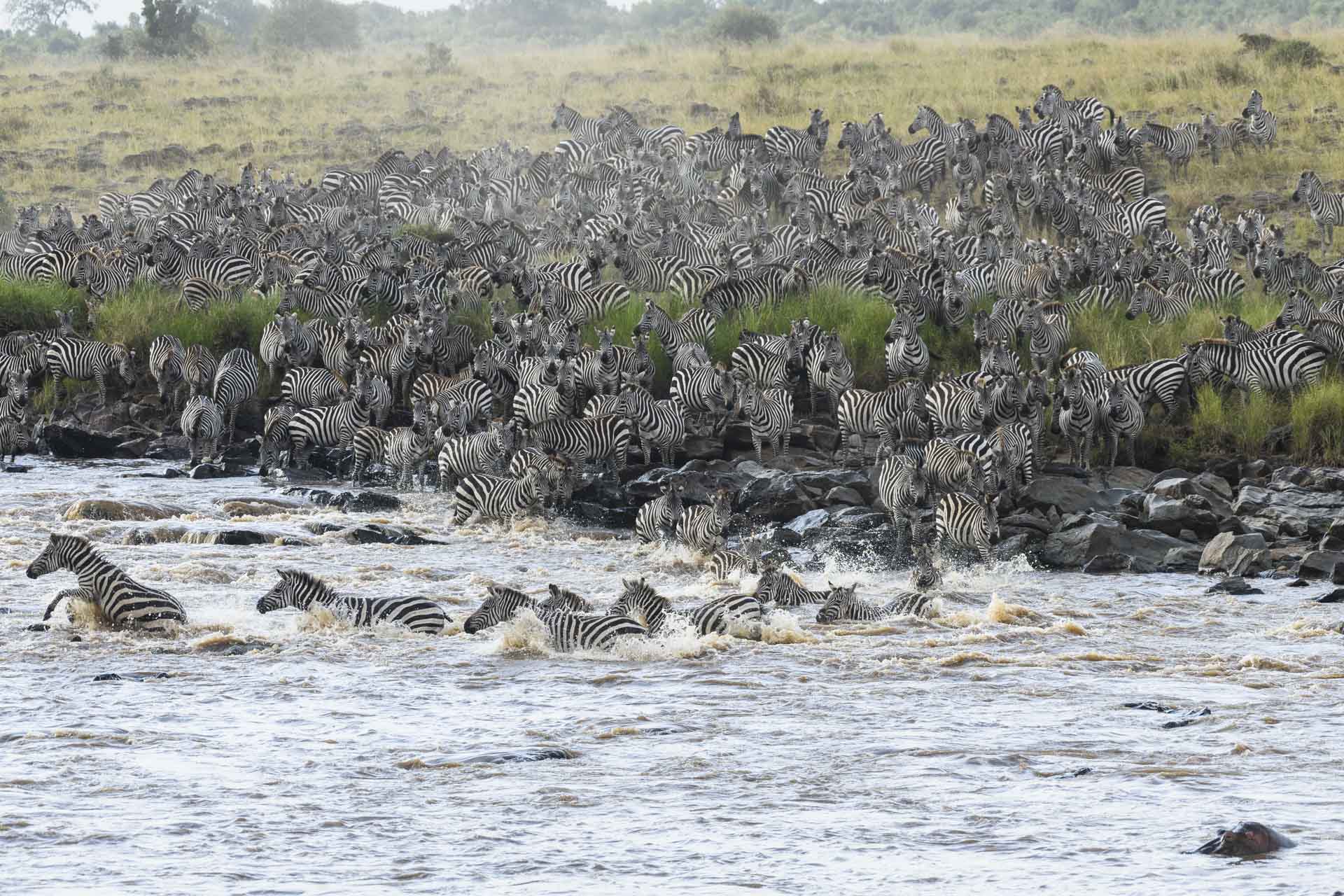
Usually, the zebras are the leaders of the migration and will cross first before the wildebeest. Within the group of zebras, there is one brave soul that will cross first. Once one crosses, the others will follow, creating a stampede. The water explodes with splashing hooves as they try to make it across. Most zebras make it to the other side, exhausted but safe. Unfortunately, some face another fate. The terrifying and dramatic spectacle paints the river red with blood.
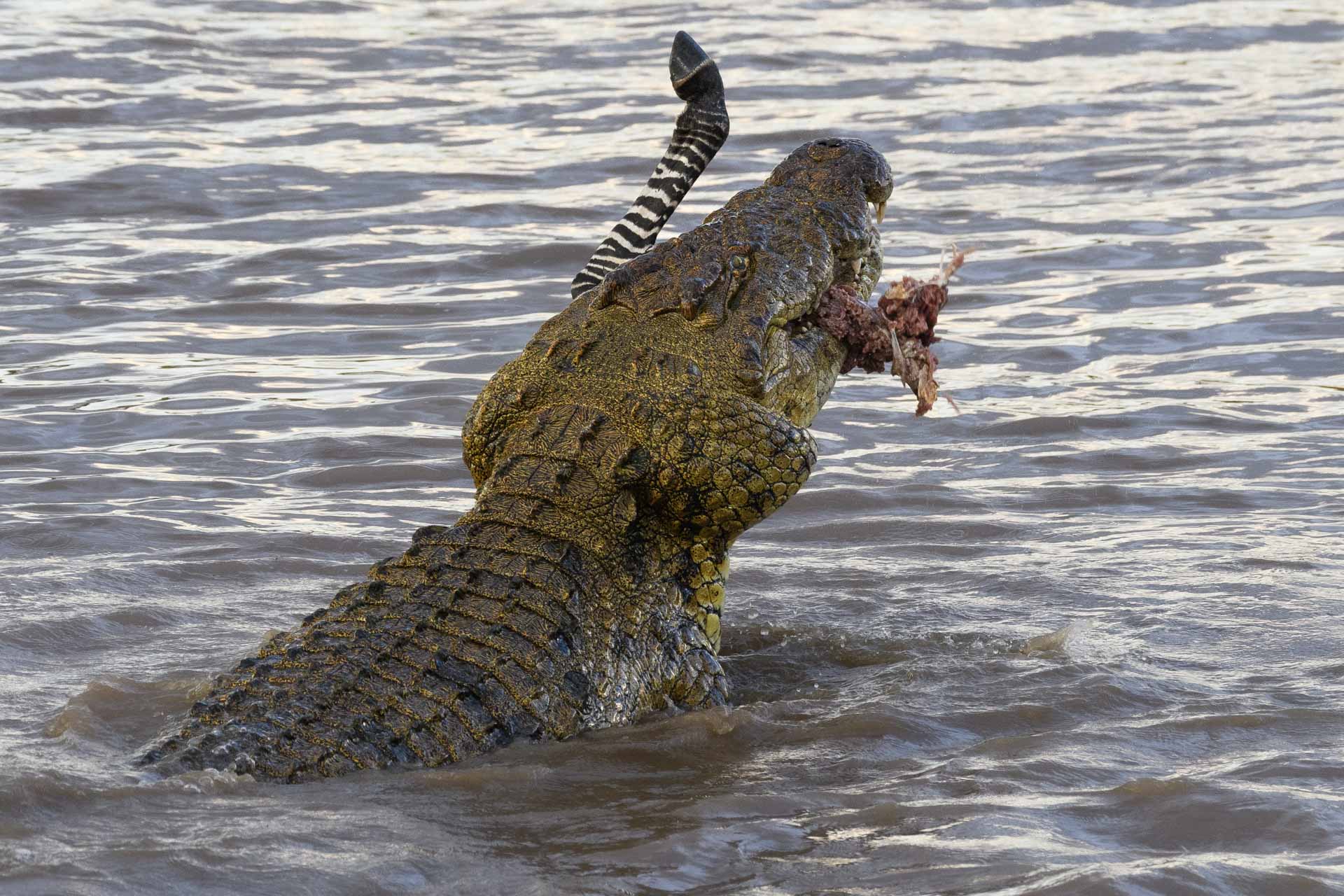
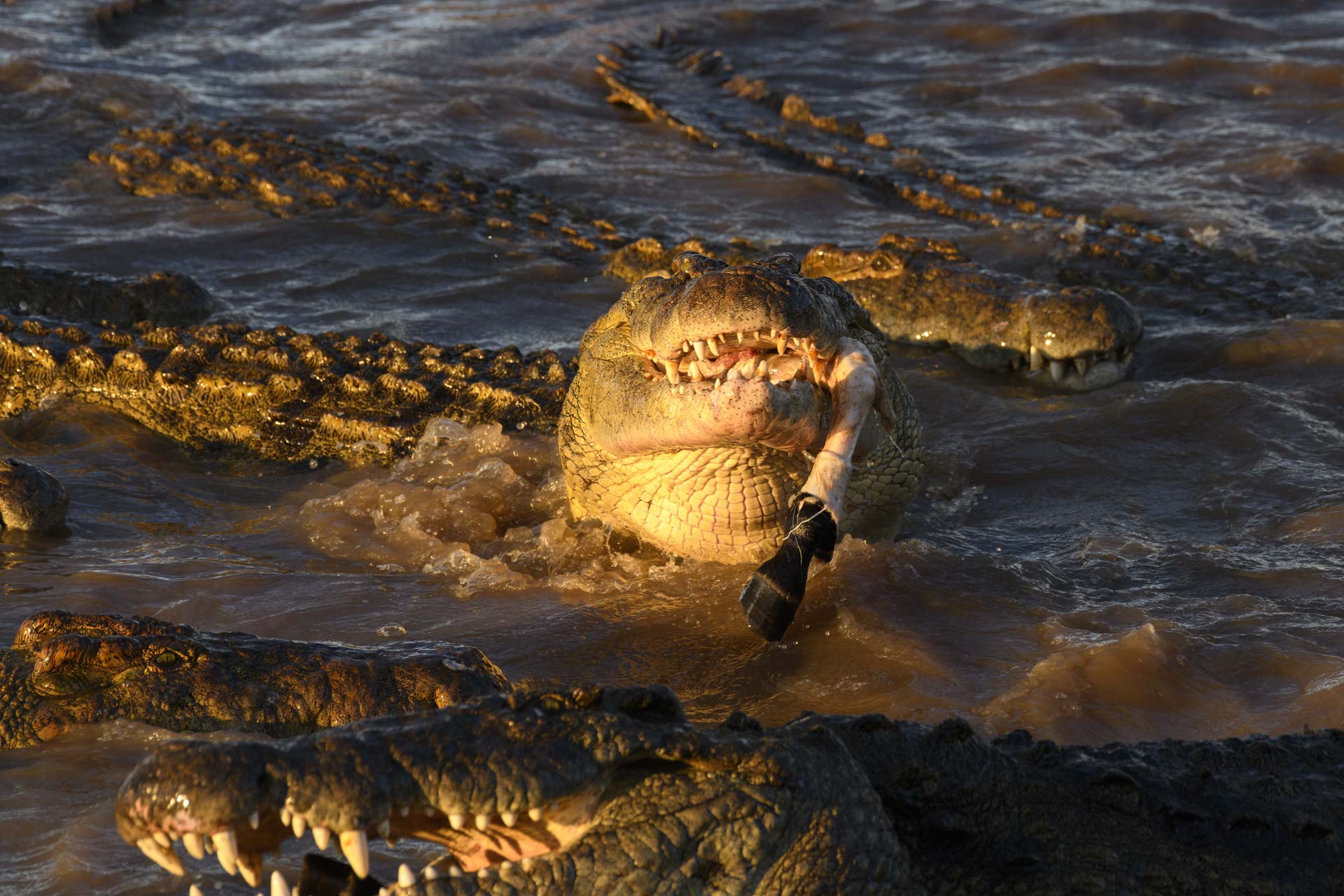
Near the border of Tanzania, we spotted the three cheetah brothers from the Serengeti. It was good to see them and it seems they are following the herds. Unfortunately, it looked like one of them was limping and had an injury on their leg; as we watched them walk, it was clear that one of them was lagging behind. We hope that he is able to recover and continue to contribute to the coalition. - Andrew Andrawes
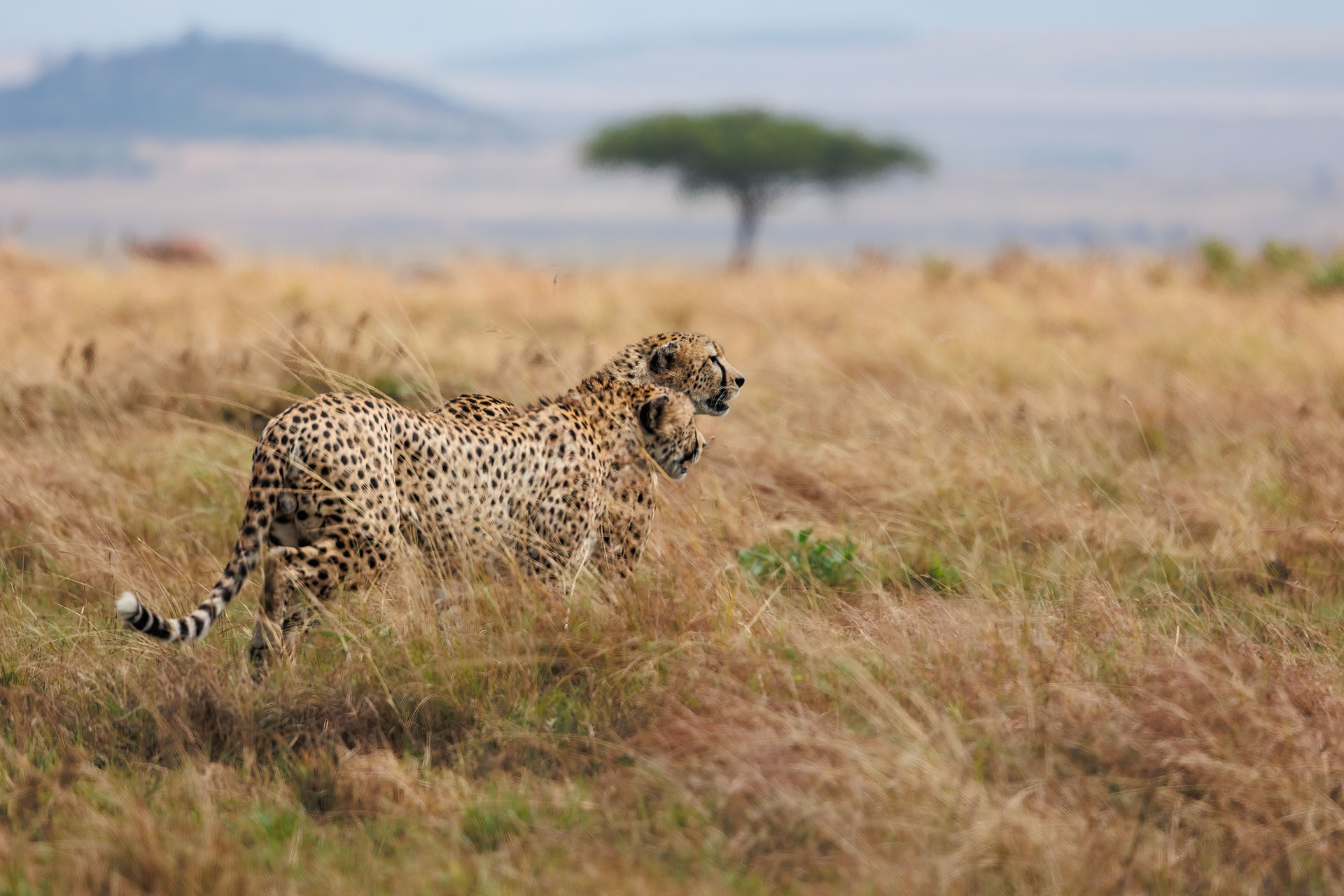
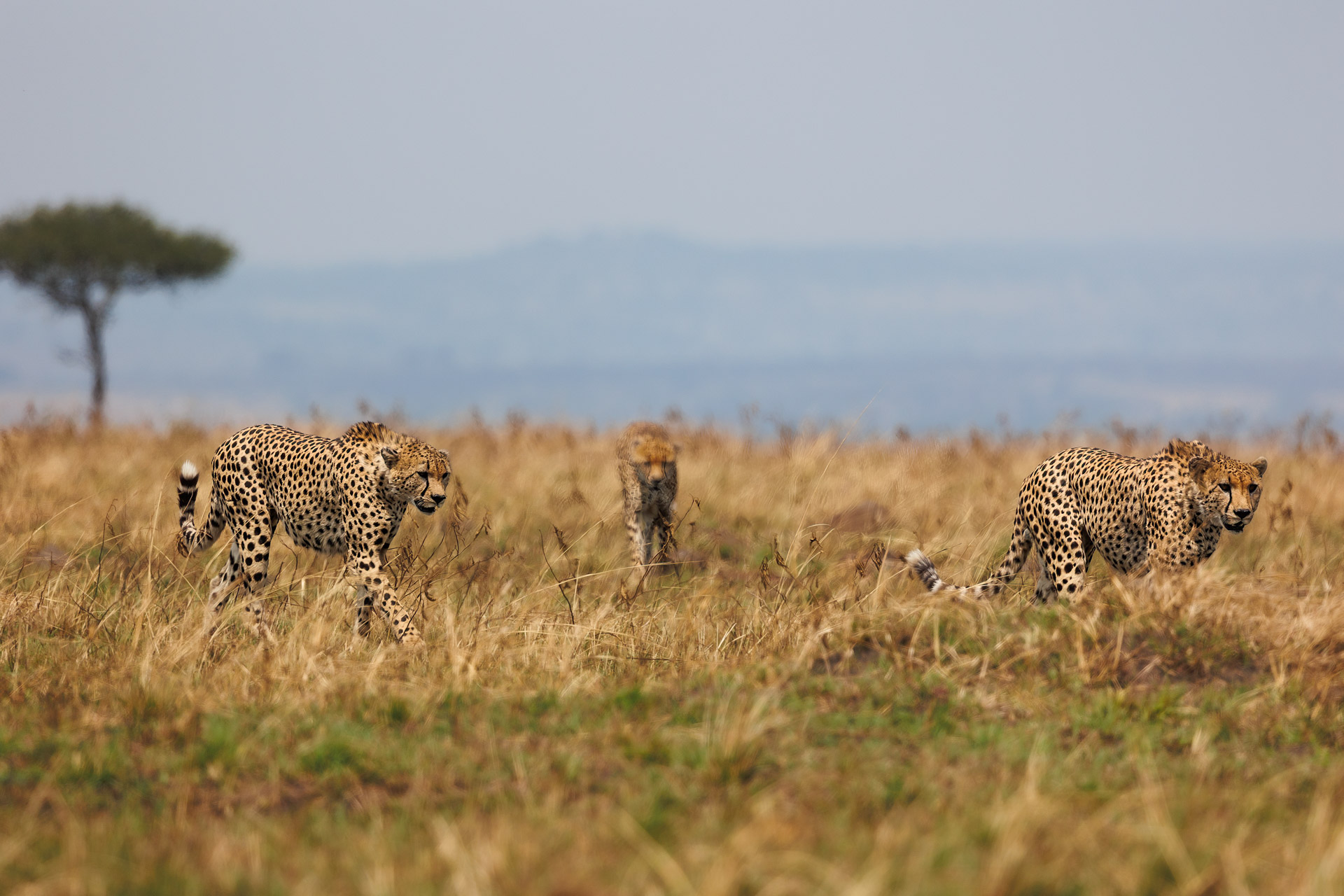
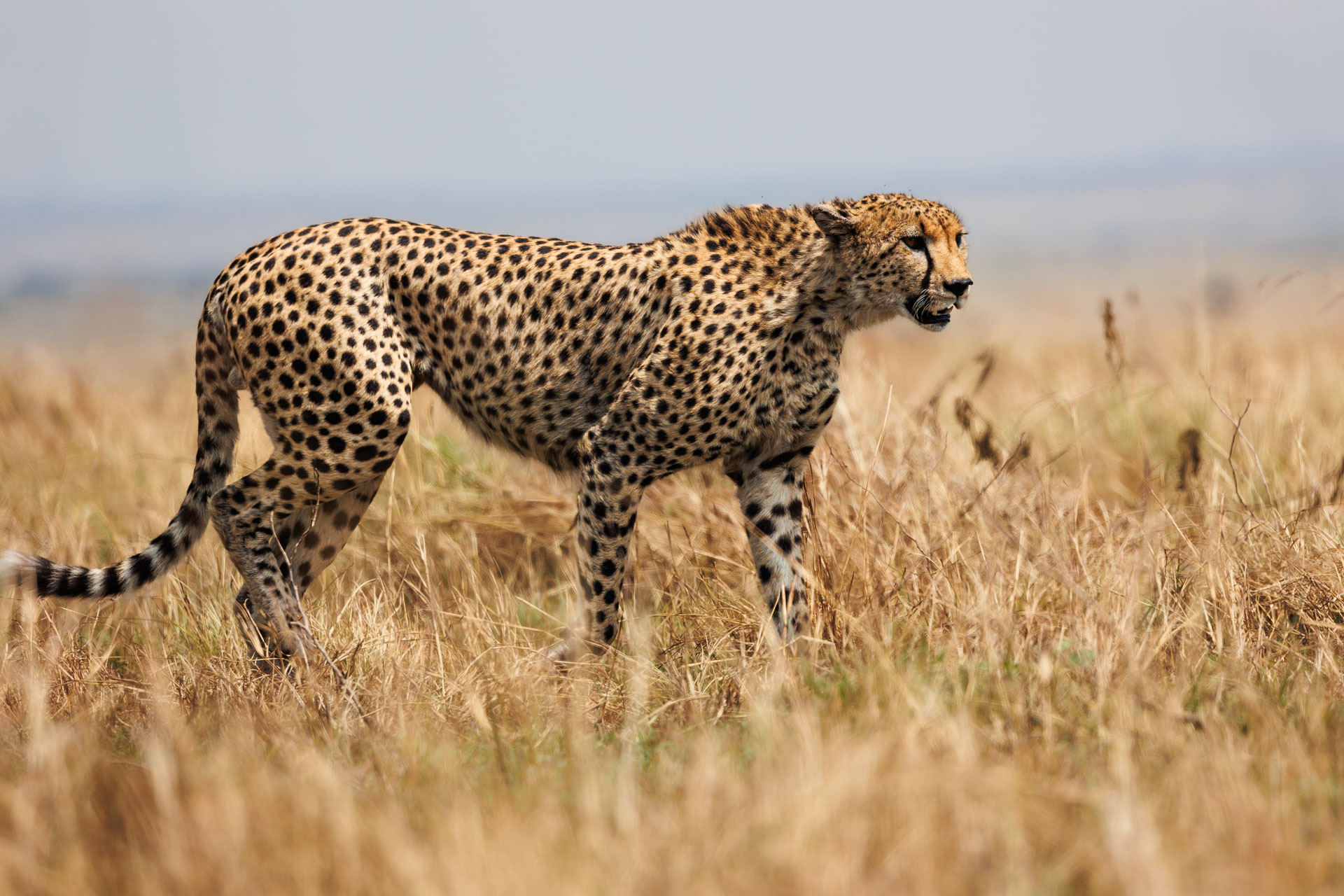
Lion sightings in Kimana Sanctuary became much easier this week, with Osunash and Male 263 much closer to the lodge. On one of the afternoons, these felines decided to cool off in the nearby shrubs, allowing us to observe them closely. It seems Osunash has been on the receiving end lately; he is currently nursing facial wounds.
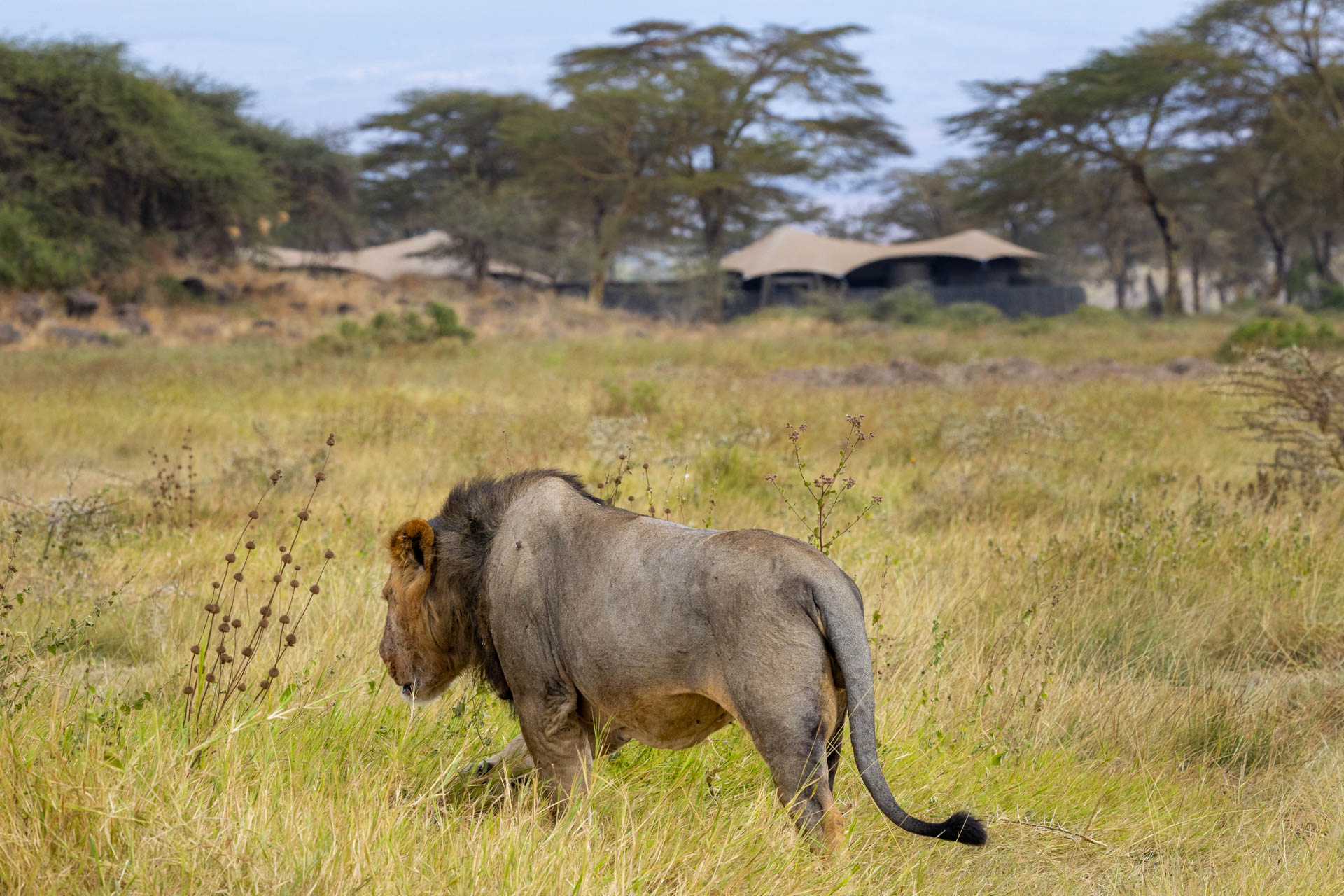
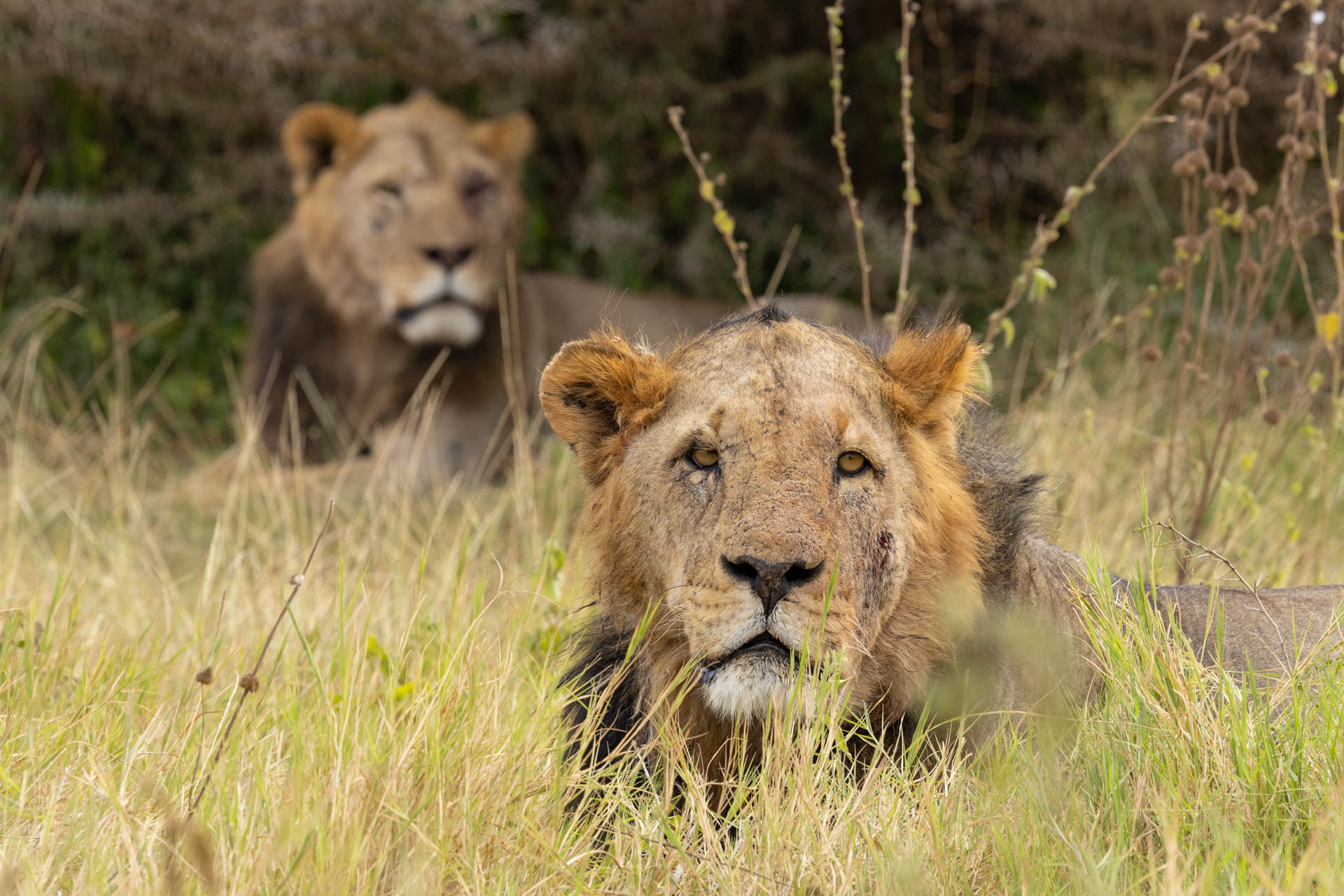
Angama guides say they have previously observed him trying to mate with one of the lionesses but was met with aggression on multiple occasions. While it is not typical for lionesses to be more aggressive during pregnancy, she will not mate during this period. Her hormonal changes suppress estrus cycles, and thus, she will not attract or be receptive to male lions. This could be why the lioness might have gotten aggressive towards Osunash, inflicting several wounds with her powerful claws to deter him.
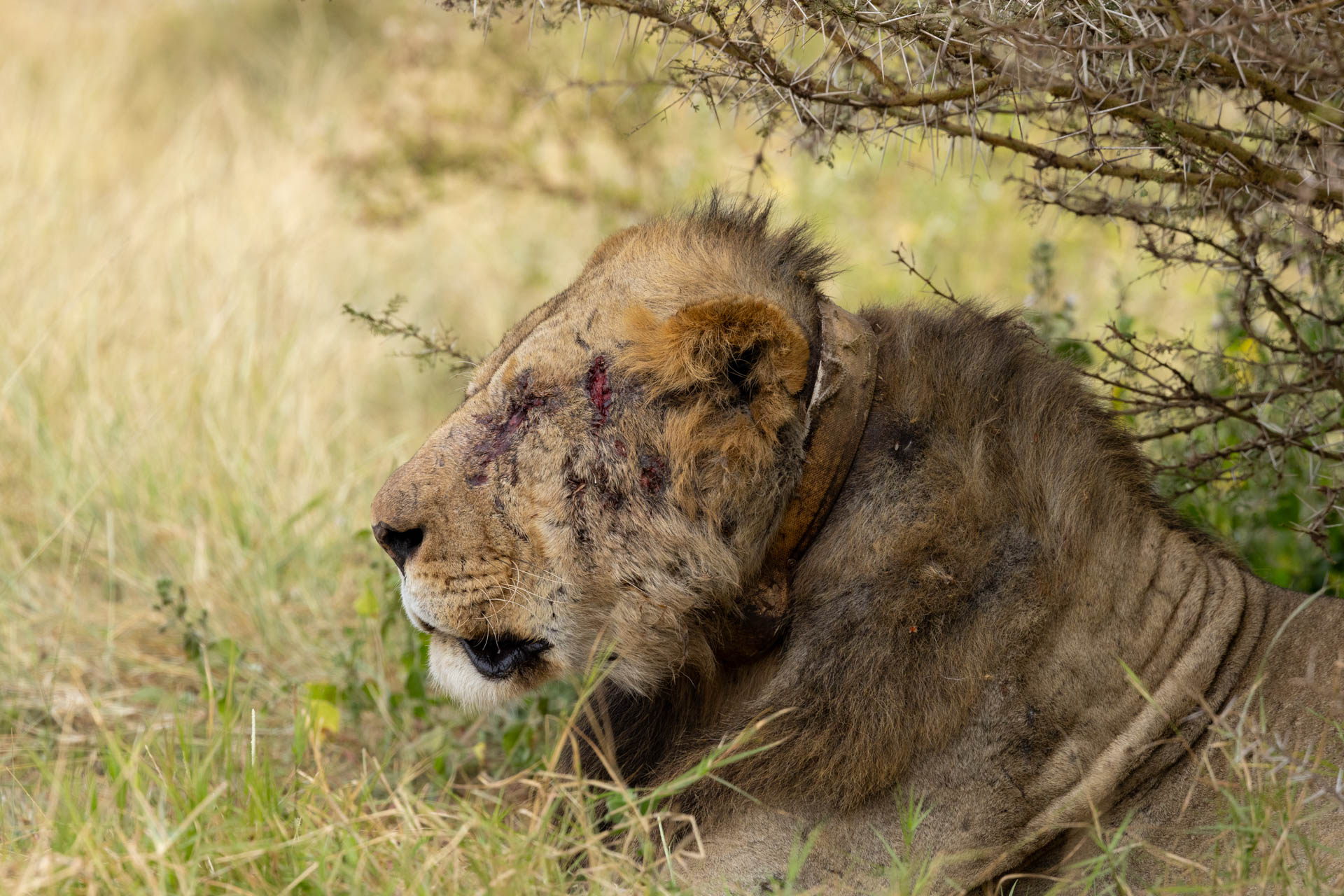
Besides being beautiful birds to watch, cattle egrets contribute to ecosystem balance by controlling insect populations. This helps maintain a healthy and diverse range of plant and animal life. As seen here, they consume ticks and other parasites found on buffaloes and other animals, improving their health.
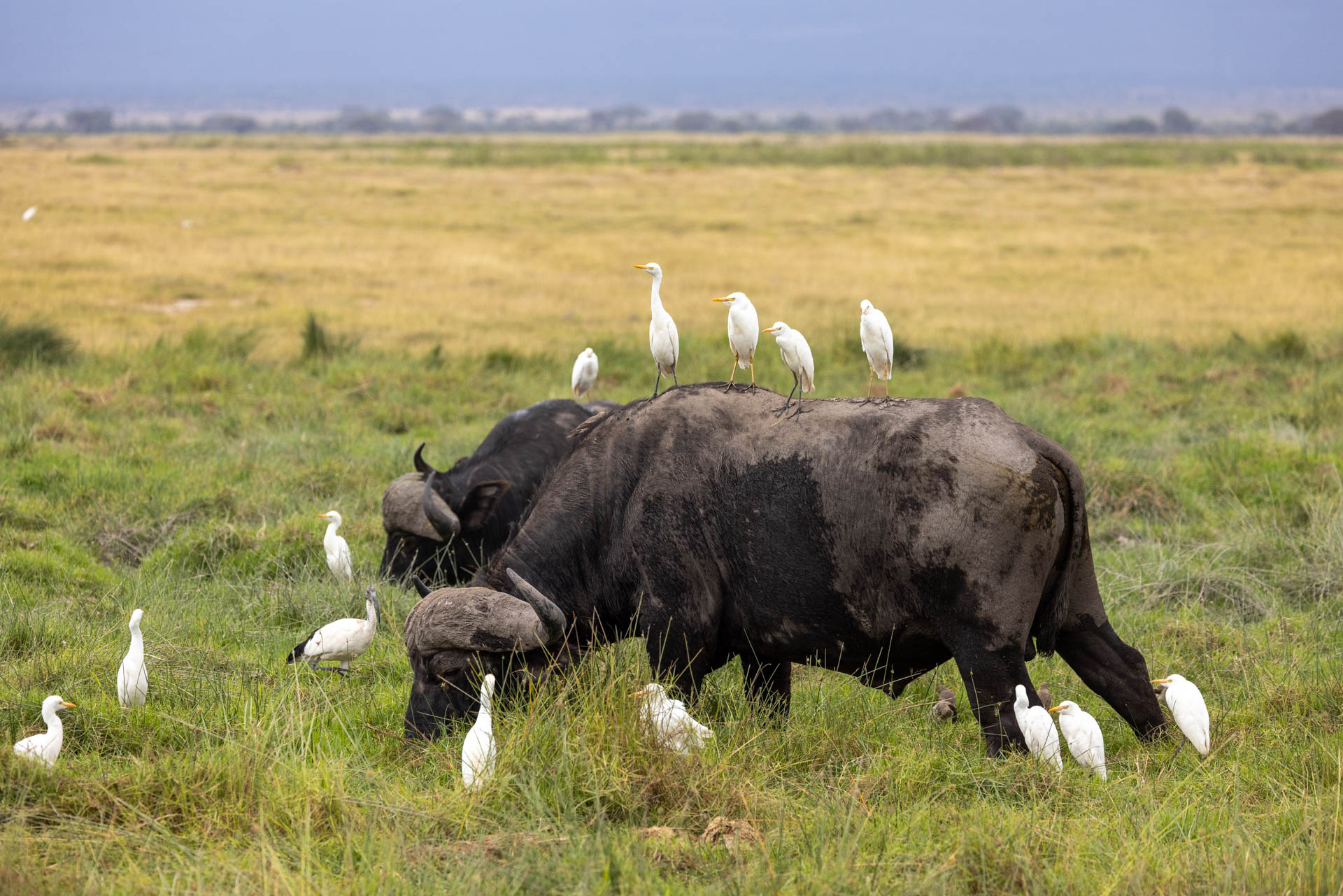
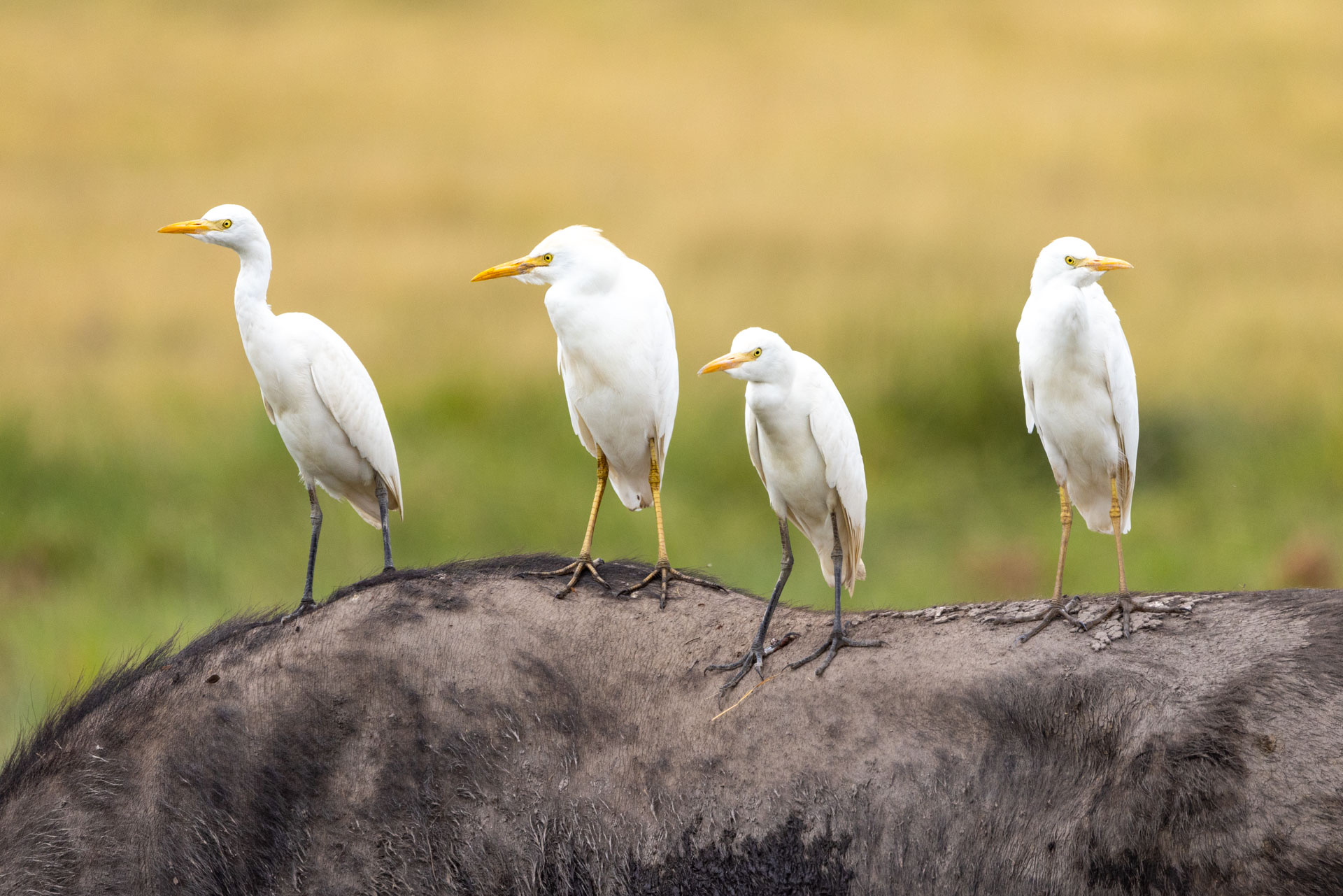
The Western and Eastern white-bearded wildebeests are two subspecies of the blue wildebeest found in East Africa. Here in Amboseli, we have the Eastern white-bearded wildebeest. The major difference between these subspecies is their geographic distribution and migration patterns.
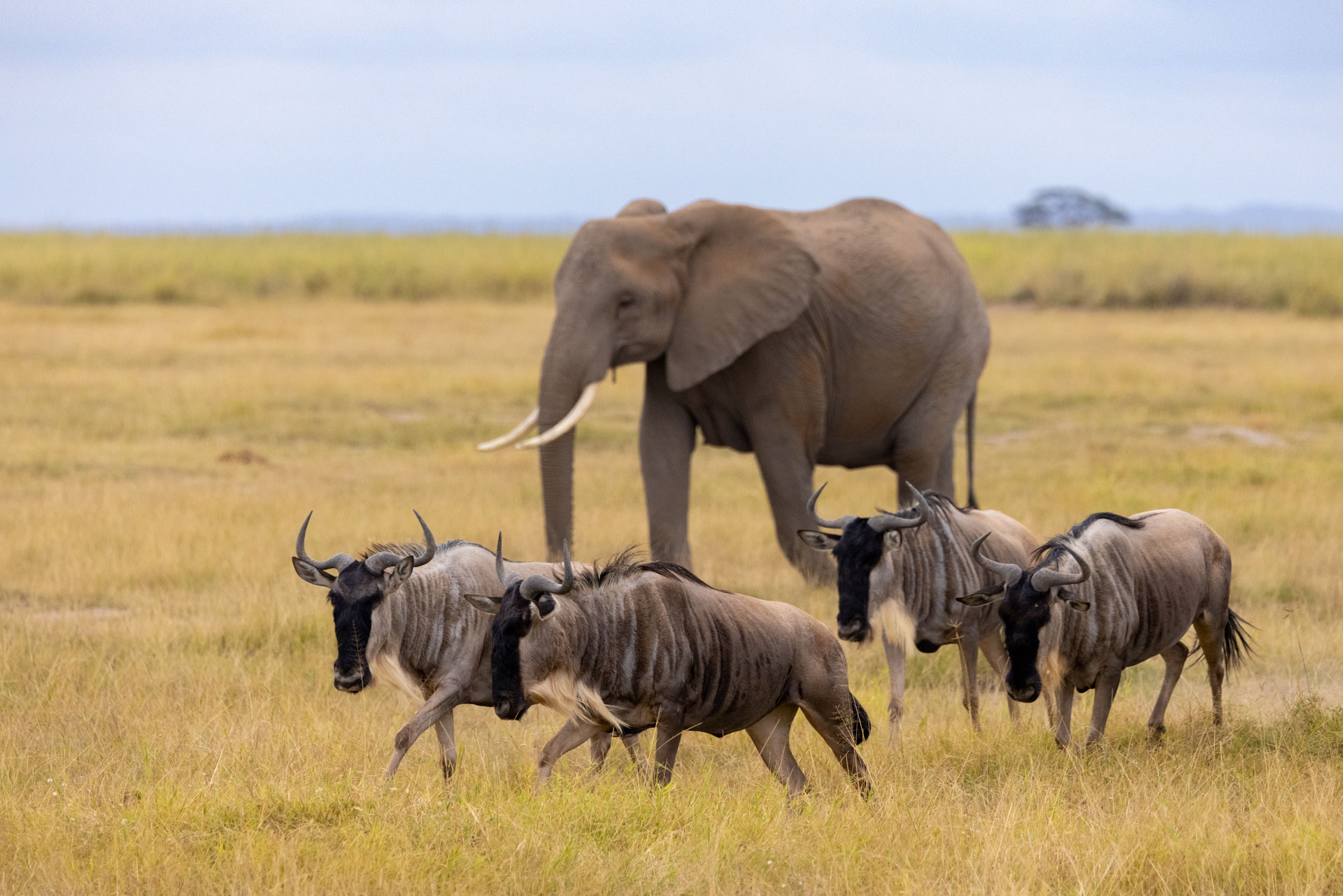
The Western white-bearded wildebeest, primarily found in the Serengeti and Ngorongoro ecosystems of Tanzania and southwestern Kenya, are renowned for their large-scale annual migration. Millions of individuals move between the Serengeti and the Maasai Mara, where this year’s migration has just started. In contrast, the Eastern white-bearded wildebeest, mainly found in Tsavo and Amboseli, do not participate in such extensive migrations. Instead, their movements are more localised and are driven by seasonal water and forage availability.
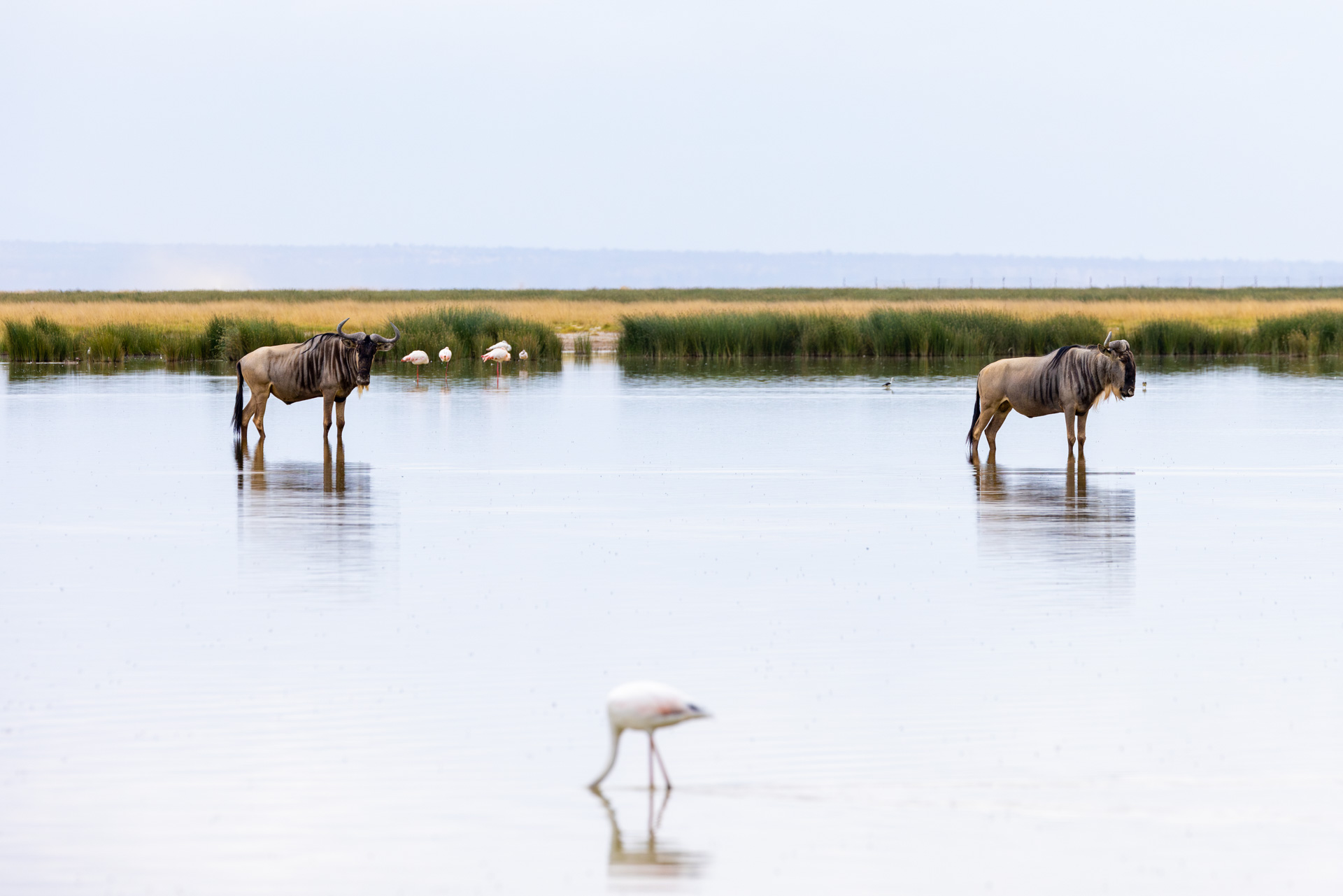
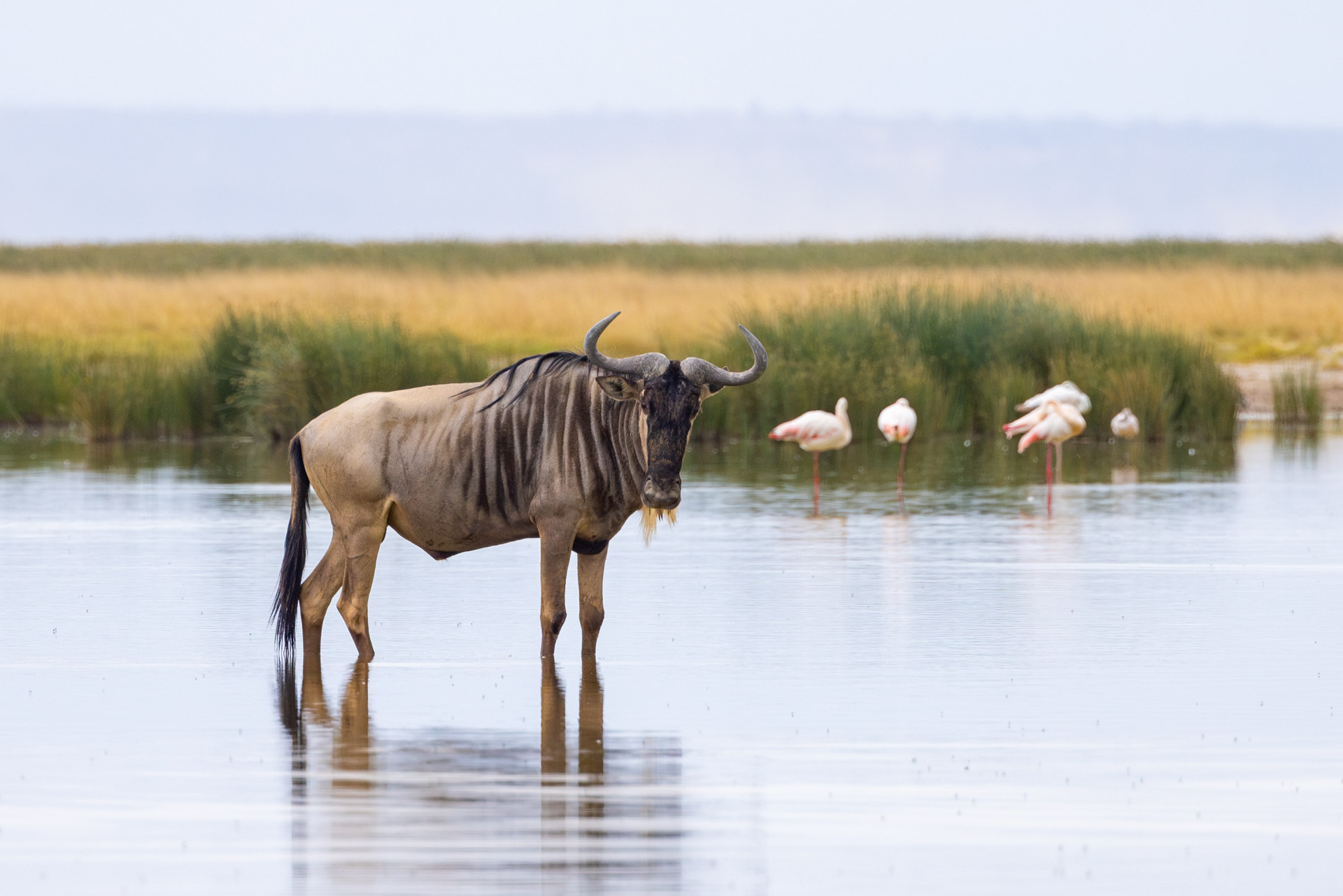
Amboseli is a Maasai term that refers to ‘dusty plains,’ and true to its name, especially during the dry season, this landscape can be dramatic. As a photographer, this can present both challenges and opportunities. A challenge: when the dust comes into contact with cameras. A win: when the dust adds drama to a scene, naturally amplifying its visual effect. I firmly believe the positives far outweigh the not-so-good.
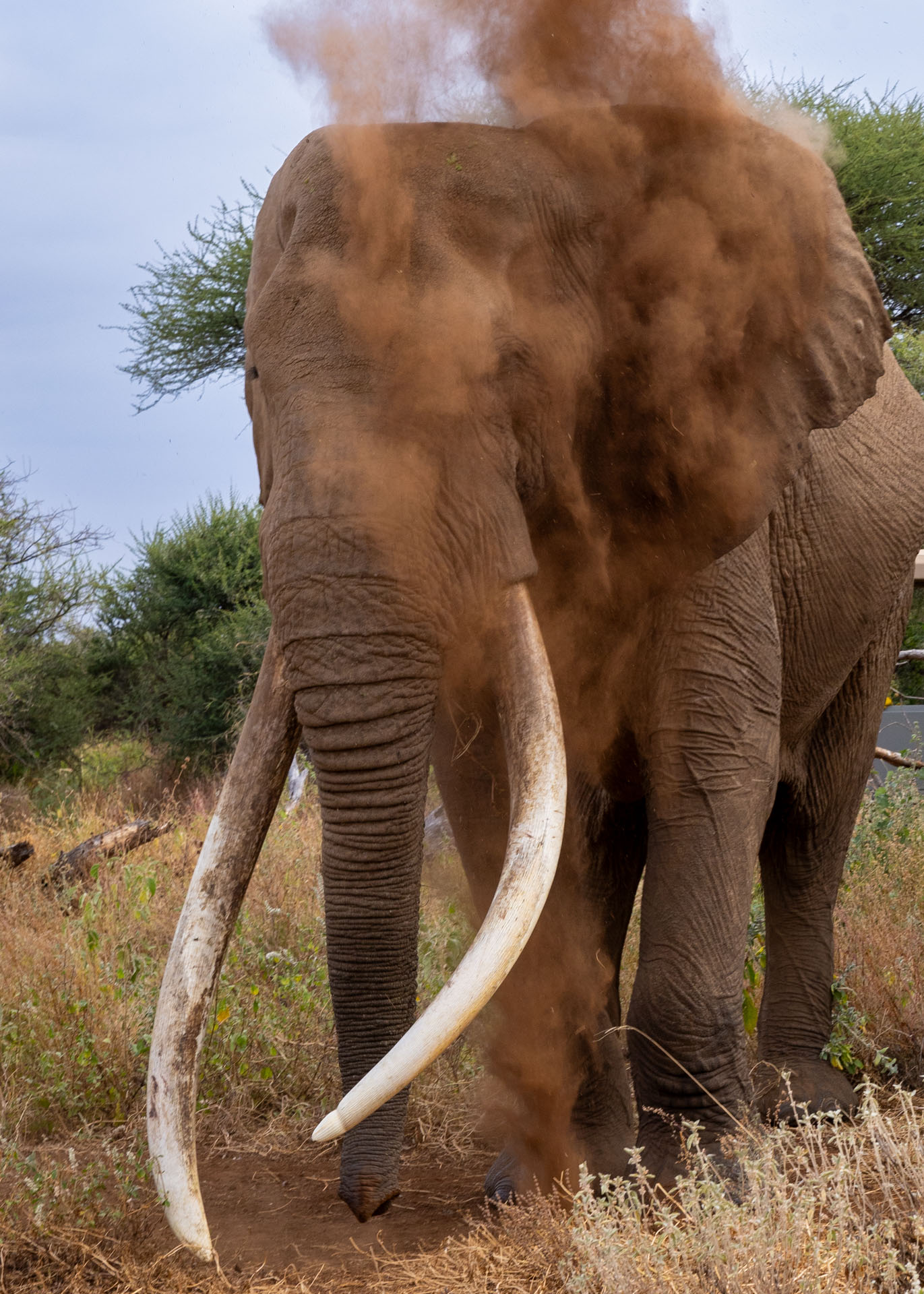
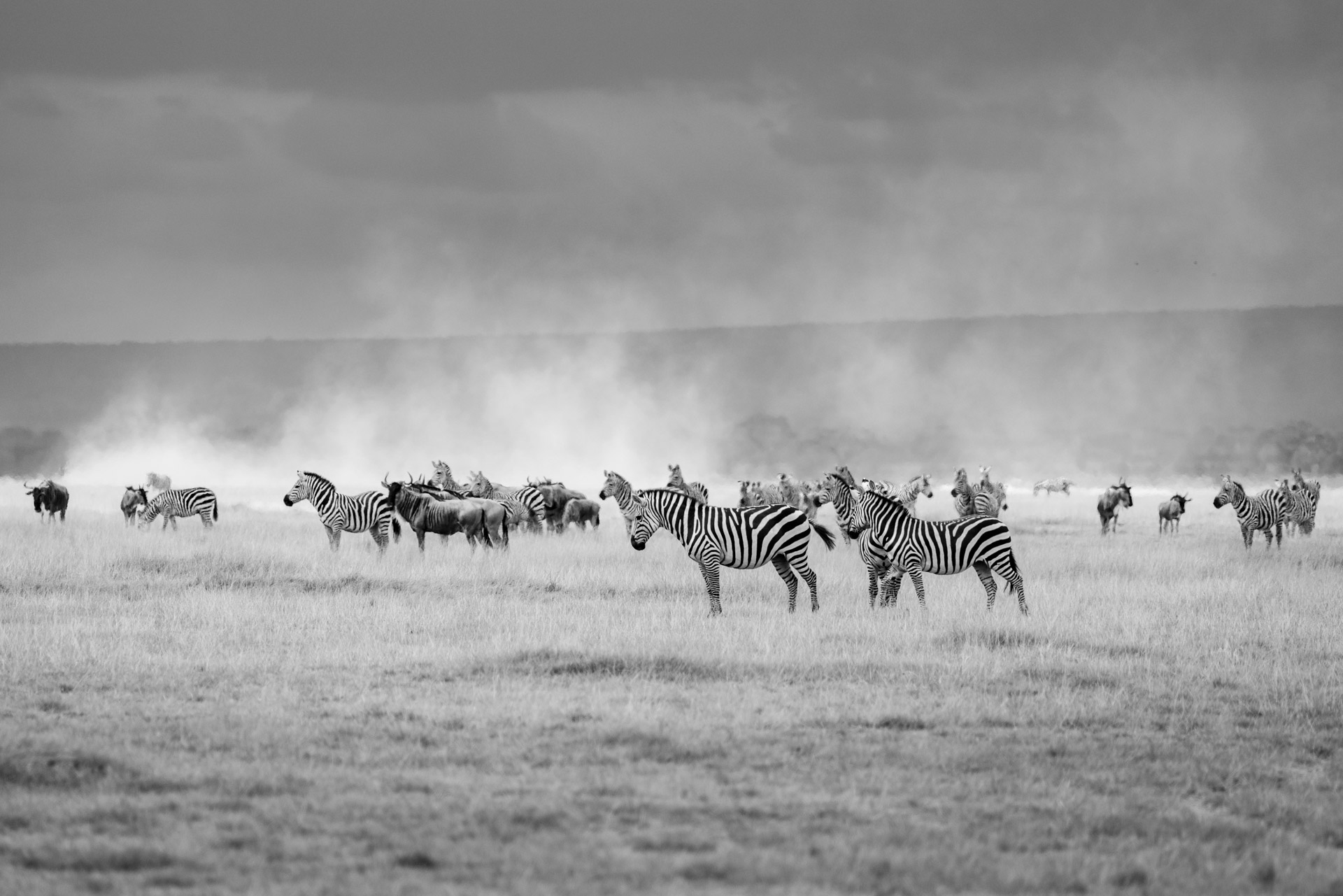
These two images showcase different scenarios where dust played a significant role. In one, the magnificent Super Tusker Craig is captured dustbathing, adding protection to his skin. In the other, a safari jeep was driving past, leaving a cloud of dust in the background, adding a dynamic element to the scene I was photographing.
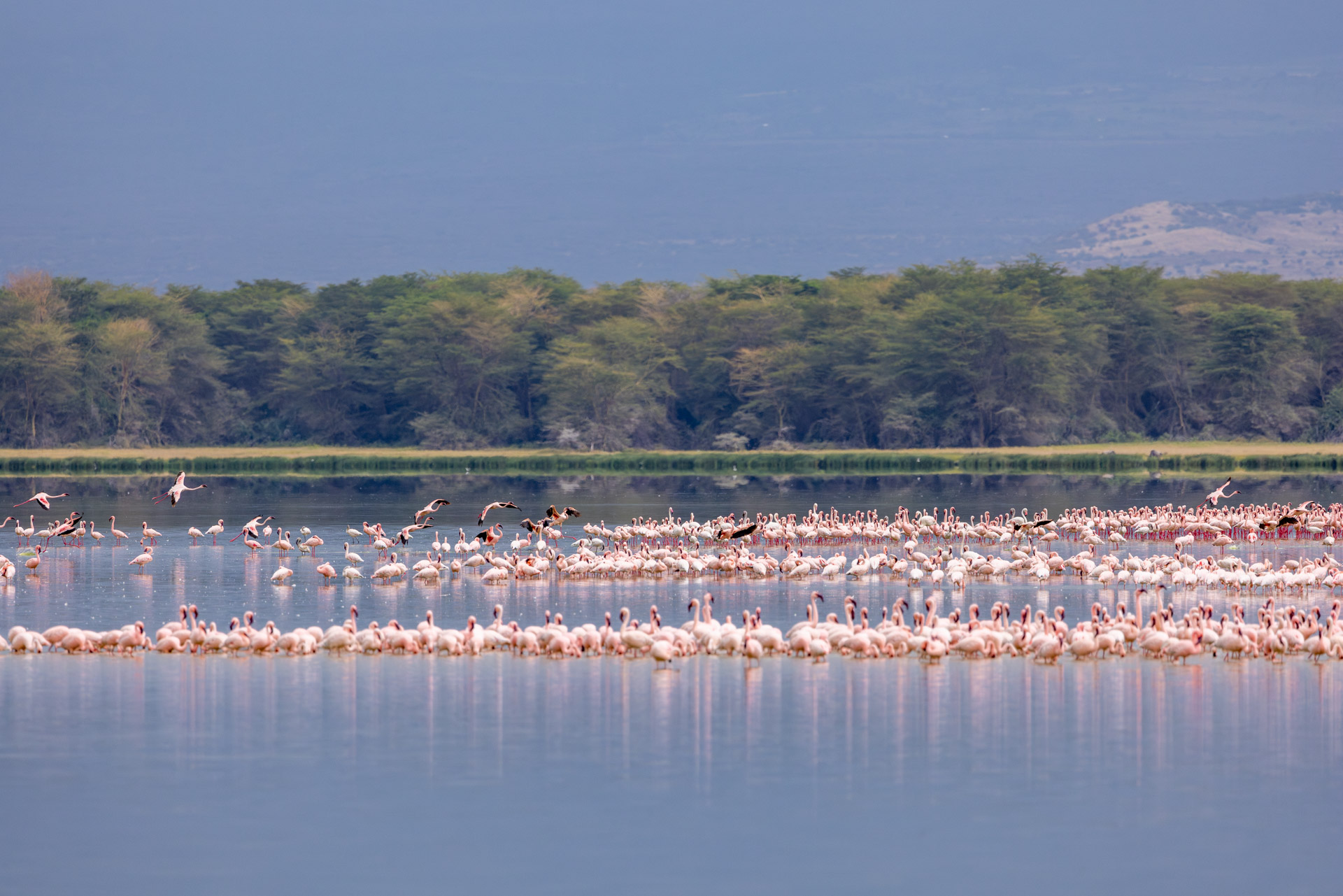
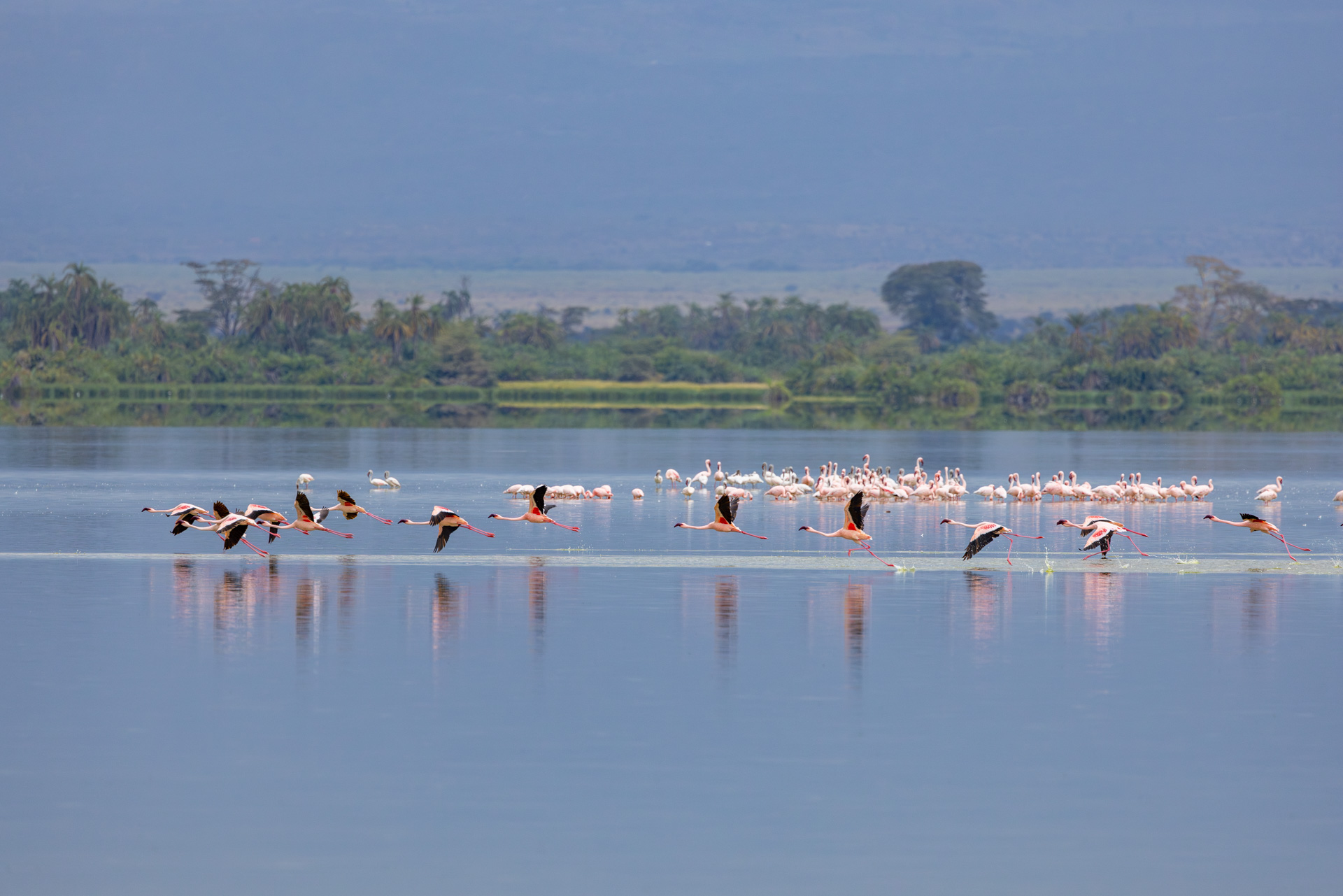
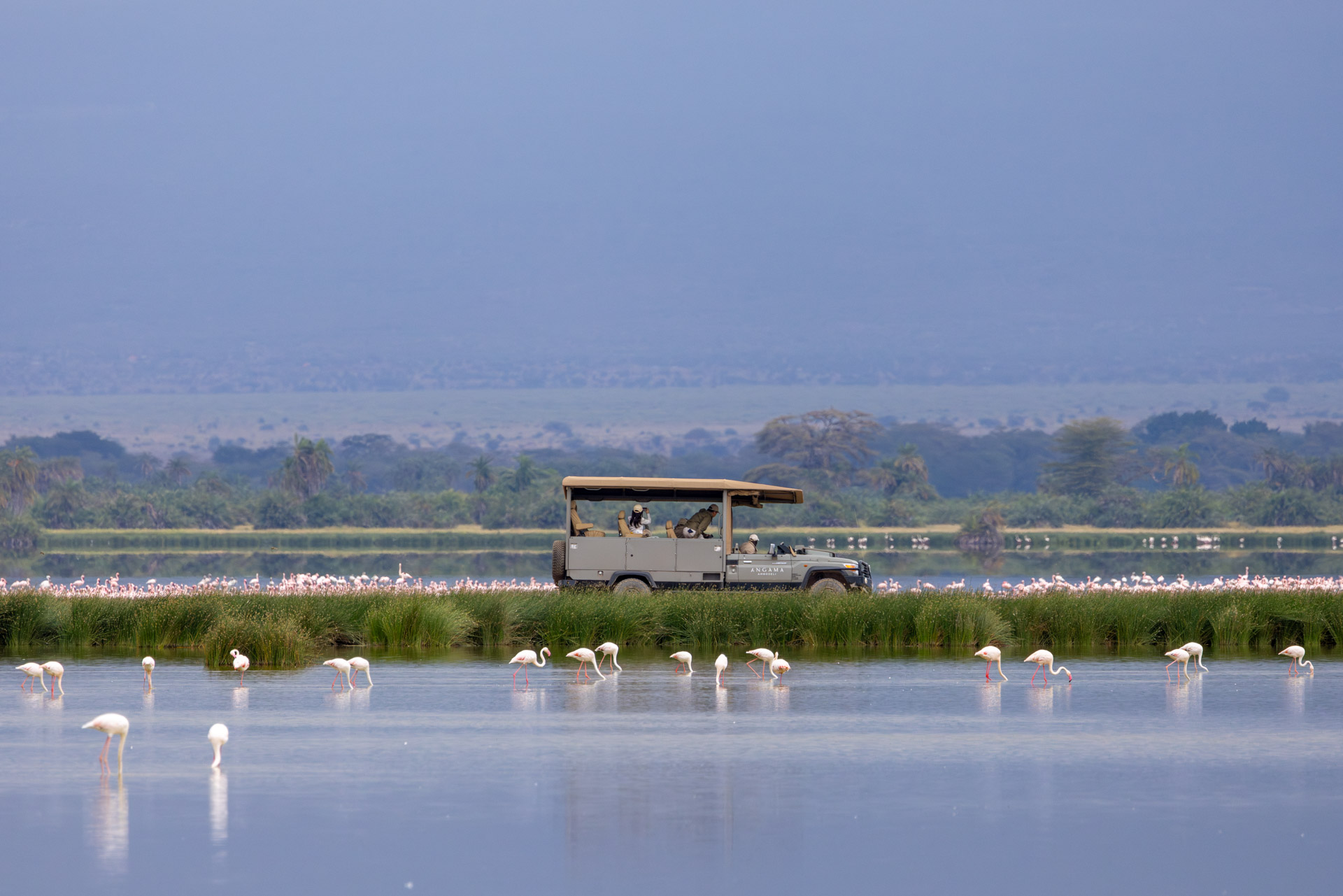
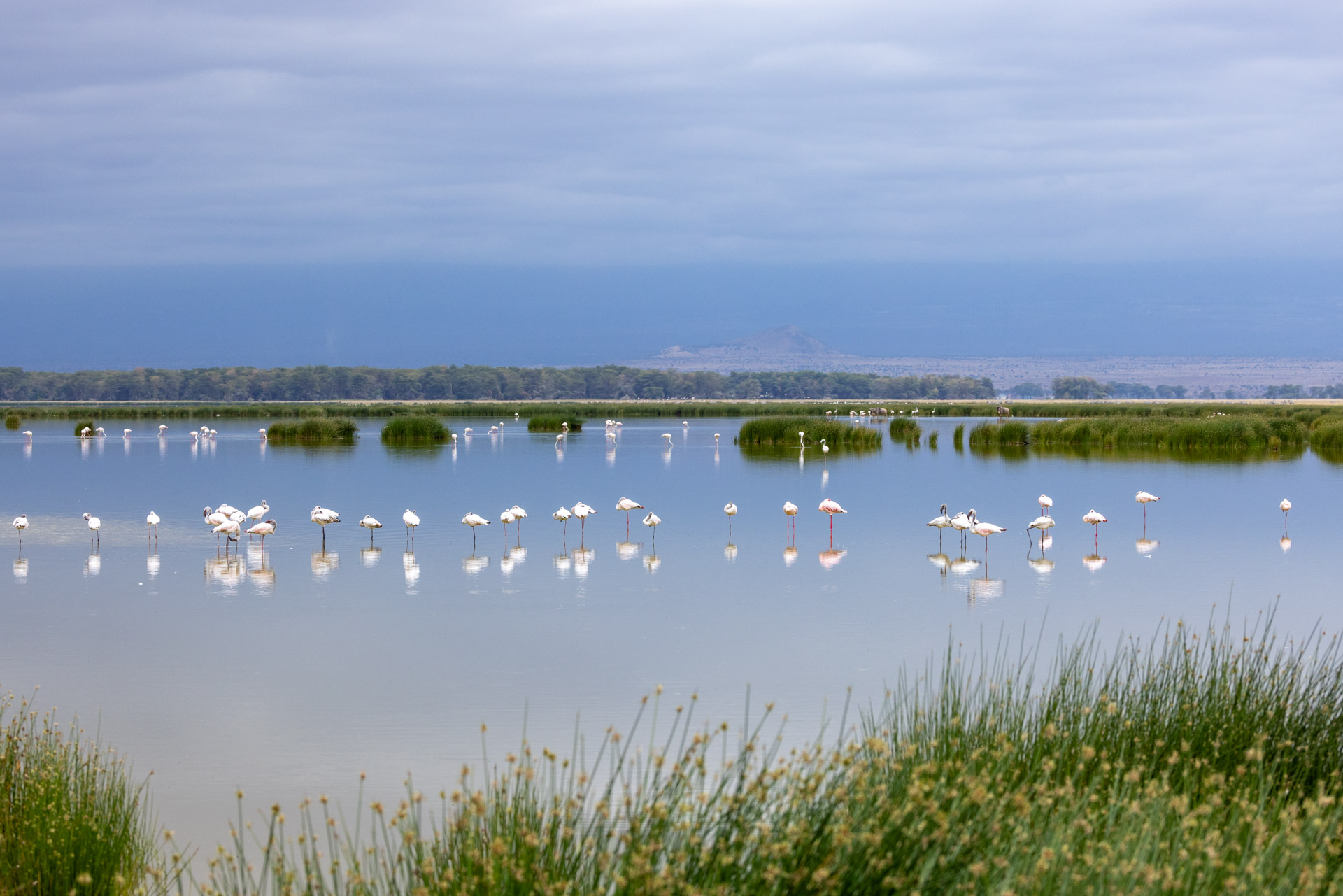
As dusty as it is, Amboseli is a dynamic landscape. Often, while on a drive, the scenes quickly transform from dusty plains to marshlands, with an orchestra of flamingoes dancing in the waters as they take off while others perch. These are some of the scenes that make this landscape one of the most beautiful, wild experiences one can have.
While Mt. Kilimanjaro has been hiding a fair amount this week when she graces us with her grandeur, even the birds seem to celebrate her presence with hymns. This motion picture captures a typical, dreamy sunrise in Kimana Sanctuary on an exceptionally good day. - Sammy Njoroge
Filed under: This Week at Angama
Subscribe for Weekly Stories
Comments (0):
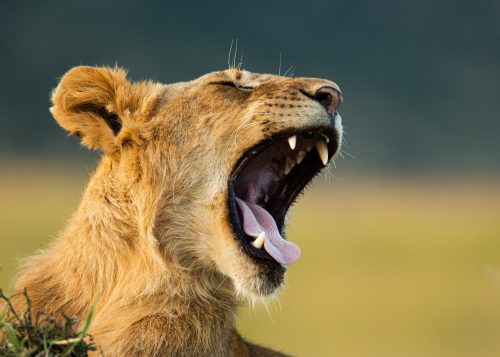
Angama Safari Offers